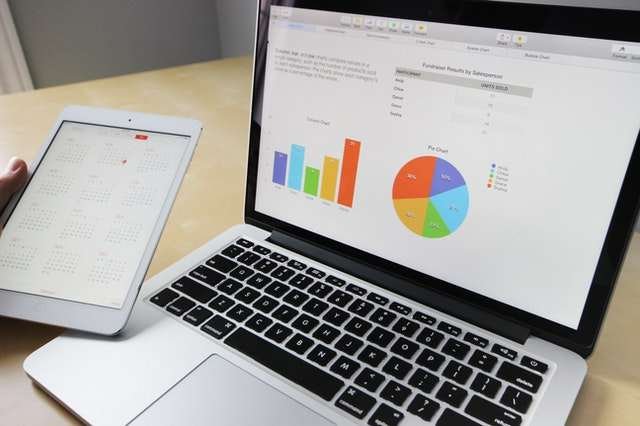Regardless of how small your business IT setup is and where you have been working from, there are numerous businesses that are affected by the need to migrate their data and systems, either from one service provider to another or between separate workplace platforms. The term migration is the term you will often hear, and this article will debunk some of the myths and provide you with a clear guide as to how to manage your Data Migration.
What is business data migration?
This is the process of transferring your business or personal data from one place to another or from one format to another and is essential in the modern business world. Whether you are changing IT service providers or moving your business into the cloud, there is going to be the need to migrate such data, and this guide will provide you with some insights as to how best this can be done while reducing the risk associated with data losses and data breaches during migration.
Understand the various online platforms and shared storage
The first step will be to understand the various online and in-cloud options available for a shared workspace and storage. A great starting point is a place like www.avepoint.com, which will explain how the various shared data storage points and spaces will work and which ones are compatible.
The kind of migration that is required
Is it simply the data and storage migration that you will undertake from one storage point to the next, or is there more to it? Also, This is essential to determine whether you are simply backing up the data to minimize risk; or whether you will be encrypting the existing data and making wide-scale changes. Lastly, it will be important to ascertain where the data is moving from and to, are the devices compatible; and can they simply be linked together?
Plan the move
Data will need to be extracted, changed to suit the new host; and then loaded onto the new host or system. This sounds fairly simple but will need to be done with as much preplanning as possible. Firstly, determine whether the data being moved or amended is stable, what format it is in; and identify those who have access to the data and are responsible for its safety and use. These are the data stakeholders and must be part of the migration process from start to finish.
Set clear data management rules
There must be a clear set of data management rules that will serve to govern the migration of any data. Those involved in the migration must know the importance of the data; and what is expected of them in terms of data protection and data safety. It is critical to protect your data during a migration; and there are numerous tips as to how to do this.
Evaluate and test
Evaluate the stability of the migrated data or data that has been affected and changed by the move. The data must be able to be accessed and accessed in the format as required by the data stakeholders before you can call the migration over.
Decommission and shut down the old system. This is the last step but should only be done once it is clear that the new system is working.




